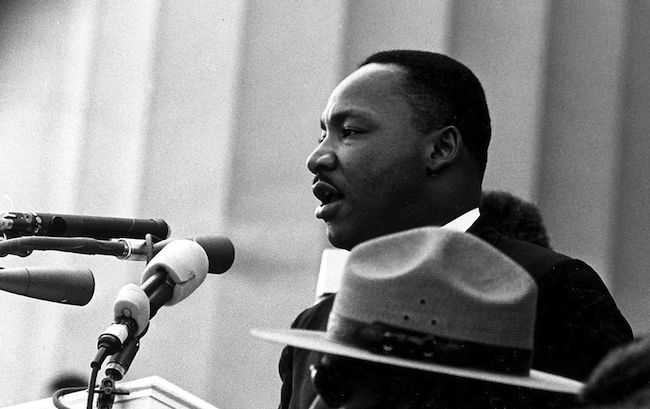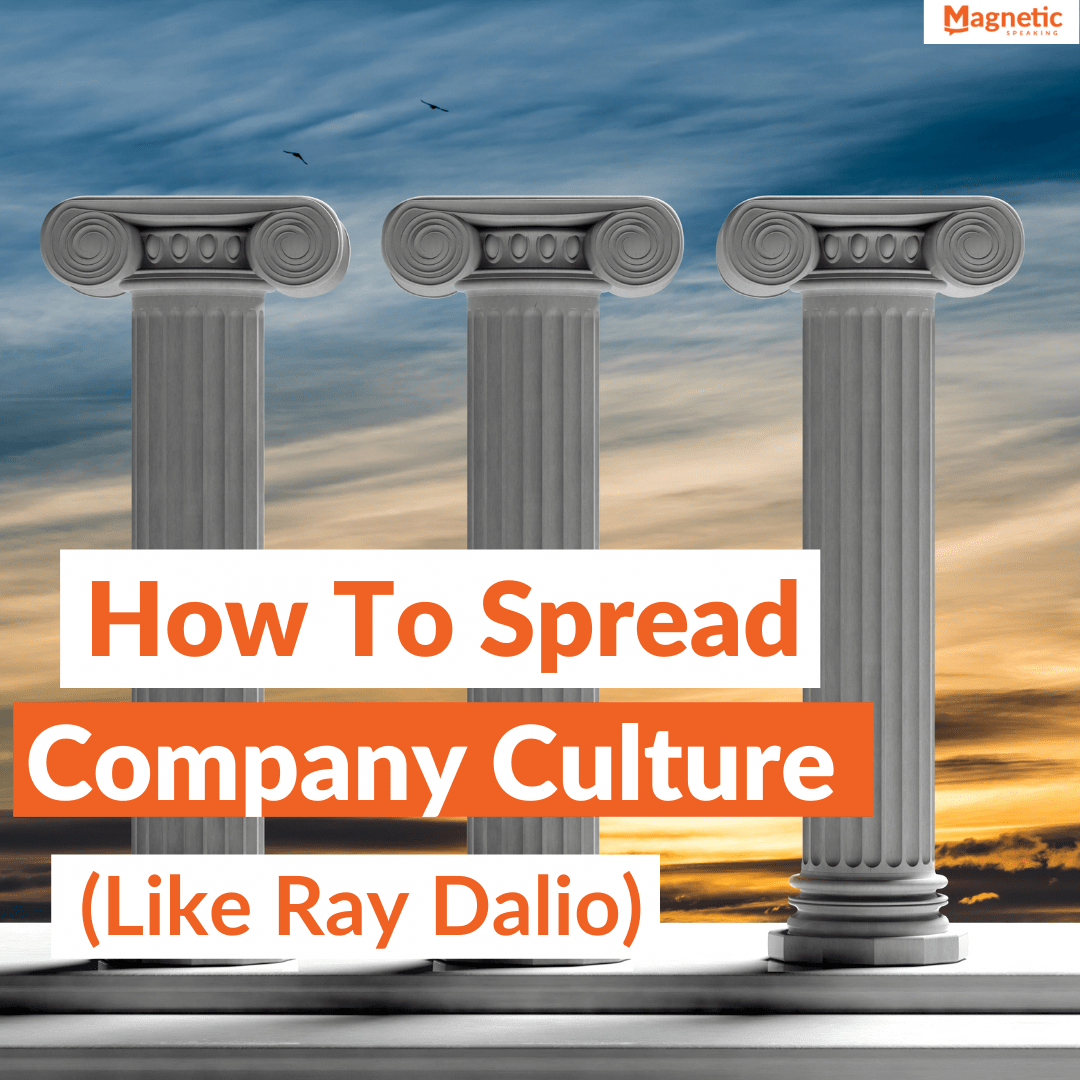The “ I have a dream ” speech by Martin Luther King Jr (MLK) is one of the most influential speeches of the 20th century.
Regardless of your presentation topic, if you want to motivate, inspire, and move your audience, then you must study this masterpiece and apply it to your presentations.
The “I have a dream” speech is full of rhetorical devices that you can apply to any presentation in the business or technical world.
[embedyt] http://www.youtube.com/watch?v=z_ZgSK9yIbk&start=35&width=669&height=406[/embedyt]
I Have a Dream Rhetorical Devices and Takeaways
Takeaway #1
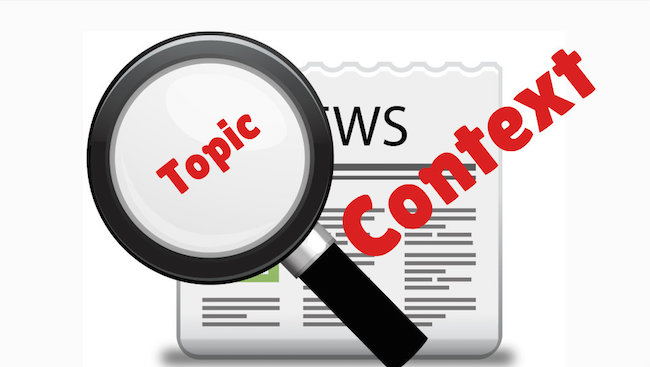
Always be aware of the context of the speech. If you aren’t, then the topic you share will be irrelevant.
The speech gets much of its greatness from the historical context of civil rights. Speech is nothing without context. MLK knew his background and knew the right message for that context.
In business presentations, you need to know why you are presenting what you are presenting. You need to know the bigger picture when it comes to your company’s overarching goals and the roles of your co-workers in the audience. Otherwise, you will not know how to make your speech relevant.
The French philosopher Victor Hugo once said: “Nothing is stronger than an idea whose time has come.” Martin Luther King always managed to say the right thing at the right time. If you want to say the right thing at the right time, then you need to be aware of the context and background at work.
Takeaway # 2
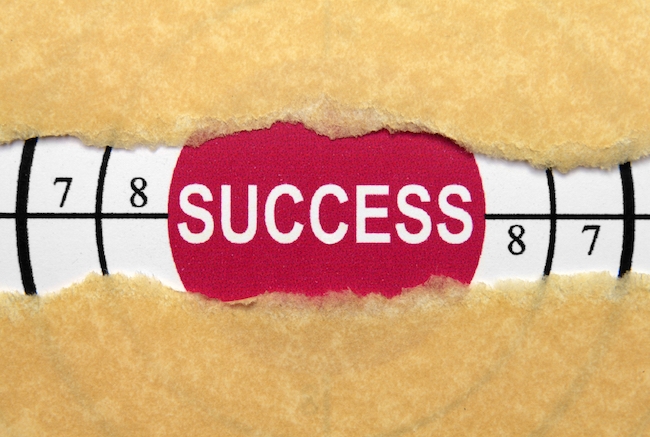
Always have a measurable outcome. If you have a measurable outcome, your presentation will be focused. If you don’t then your presentation will ramble on aimlessly.
In the I have a dream speech, MLK knows what he wants to happen.
Here is what he wants to happen:
“Now is the time to make real the promises of democracy… Now is the time to make justice a reality for all of God’s children.”
Before you even begin working on your presentation, think about what action you want people to take after your presentation. Do you want them to support your initiative, do you want them to give you feedback, do you want them to invest in your company?
Whatever it is, you need to know it. Otherwise, you will not know what to include or exclude from your talk.
Seth Godin once wrote a blog article called Every Presentation Worth Doing Has Just One Purpose.
In the article, he says that the purpose is “to make change happen.” If there is no change, then your speech doesn’t matter. I agree you need to cause or initiate a change in people’s thinking, habits, beliefs, or knowledge. In business you are not just flapping your lips, you are striving for results.
Takeaway #3
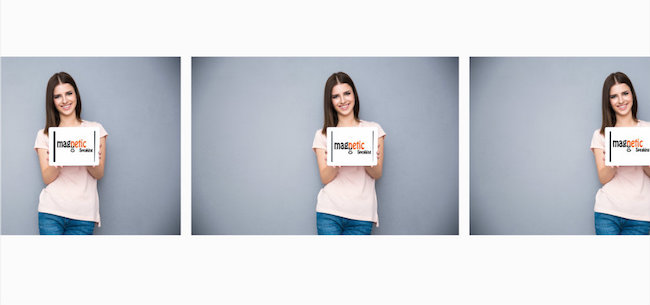
Use “anaphora” in your speeches. Anaphora is a Greek term used to describe the repetition of the same word or phrase at the beginning of consecutive sentences.
Example: Notice how I start each sentence with the word “Anaphora” below:
– Anaphora is a rhetorical device
– Anaphora is a Greek term
– Anaphora is a powerful tool for any presentation
There are multiple anaphoras in the I have a dream speech – here is one example. Notice how MLK uses the phrase “Now is the time”:
“Now is the time to make real the promises of democracy.
Now is the time to rise from the dark and desolate valley of segregation…
Now is the time to lift our nation from the quicksands of racial injustice…
Now is the time to make justice a reality for all of God’s children.”
As with any other rhetorical device, you must be aware of overuse in corporate presentations. You probably never have to go for more than three repetitions.
I’ve had a client use it for a Sales Kickoff meeting with excellent feedback.
Today is the day we prepare
Today is the day we learn
Today is the day we get ready to shatter all our quotes from last year.
Here is another client using it at a pharmaceutical conference: Notice that she used it twice. Still powerful.
Our research is future focused
Our research is patient focused.
Here is a video by Nancy Duarte with a more in-depth tracking of repetition in King’s speech if you are interested:
[embedyt] http://www.youtube.com/watch?v=l39CL0t-jyM&width=669&height=406[/embedyt]
Takeaway #4
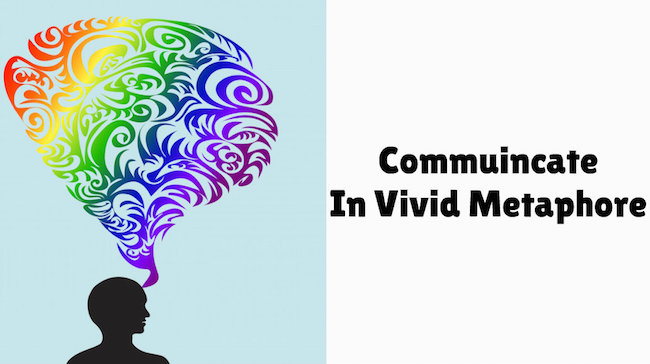
Use vivid metaphors more often. Corporate presenters always complain about people glazing over when they speak. It’s not completely the audience’s fault that our presentations are so boring. They have statements and facts and neglect some emotional appeal.
Some metaphorical language will add the jolt your audience needs. I know you don’t want your presentation to sound fluffy!
I get it – just hold on for a few sentences, and I will show you how a VP of customer service used it to describe their global operation to the team using metaphors with great reception.
There are multiple metaphors in the “I have a dream speech.” Here is one:
“the Negro lives on a lonely island of poverty in the midst of a vast ocean of material prosperity.”
Ok, so how do you do it?
You can use metaphors to describe your current state as a company, department, or team.
You can say that your team experience is rocky – I am sure you have used that phrase before.
You can say that the company is going through incubation; you have a couple of eggs as a company you are sitting on, and you are hoping they will hatch soon.
Or you can talk about your customer support team as fragmented and isolated geographically in silos.
Notice that in each example of the metaphor, we did not go overboard as most people fear.
Conclusion
If you want to motivate, inspire and move your audience, you must use Martin Luther King’s “I Have a Dream” speech as a reference. The rhetorical devices that he uses throughout his speech such as anaphora and metaphors can be transformative when applied to an inspirational speech.
The rhetorical devices that he uses throughout his speech such as anaphora and metaphors can be transformative when applied to your presentations. Try using these devices for your next company presentation.
Please let me know what you think in the comments below.
